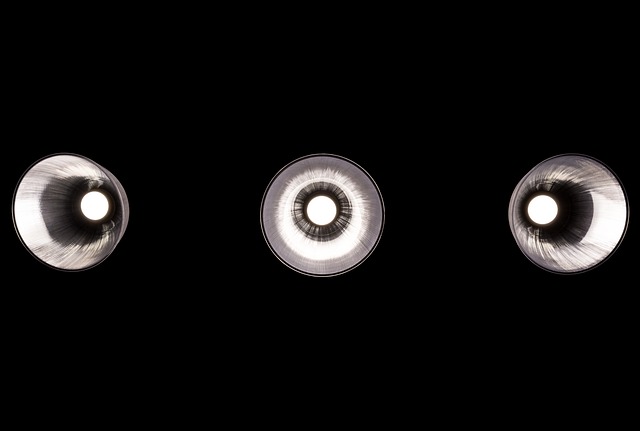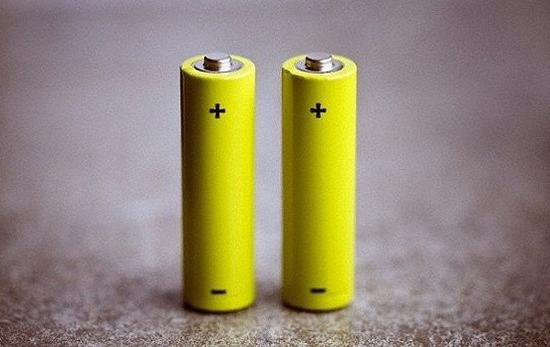How much do you know about lithium ion battery voltage?
Jul 02, 2019 Pageview:1228
The lithium ion battery was developed under G.N. Lewis in the year of 1912. However, it won't be until the 1970s before the first lithium ion batteries hit the market. The choice of lithium in a battery is because it is the lightest of all metals, has the highest amount of electrochemical potential and is able to store the maximum amount of energy per unit weight. The world spent many years with nickel-cadmium batteries as the only way to power portable equipment. The lithium-ion battery emerged as a competitor in the 1990s and has since then grown to be the fastest growing and most promising among batteries.
The development of rechargeable lithium batteries was a very long and drawn out process. Initial steps taken to develop such battery failed because of safety problems. The lithium metal is very unstable, mainly during charging, making it much more difficult to control it. Thus the scientific community started focusing on a non-metallic lithium battery through the usage of lithium ions. While suffering a slight reduction in energy density, lithium ion batteries were much safer.
Lithium ion batteries have twice the energy density of a nickel cadmium cell. The high voltage of these batteries allows people to use just single cells to be used as battery packs. These batteries also require much lower maintenance.
How much voltage does it take to charge lithium ion batteries?
Charging lithium ion battery is drastically different from charging NiMH batteries. Lithium ion batteries are dependent more on the voltage to charge than the current. This makes the charging rather similar to charging lead acid batteries. The main difference is that the lithium ion batteries have a much higher voltage per cell. Lithium ion batteries cannot tolerate overcharging, so thus it is important to have checked in place to instantly detect when the battery reaches full charge. Most of the lithium ion batteries available to the consumers will get charged to 4.2 volts per cell and have a tolerance of about ± 50 mV per cell. Charging over this will place stress on the cells and they will get oxidized, this will impact the capacity and service life of the battery. It can also cause safety issues to arise.
The charging process of lithium ion batteries can be split into two stages. The first one is the constant current charge stage, in this stage the charge current to the battery is controlled. This is typically between 1 and 0.5 C, with consumer oriented batteries being recommended a maximum of 0.8 C. in this stage the voltage across the lithium ion battery increases, this can take around an hour.
The second stage of the charging process is the saturation charge. When the voltage of the cell during the current charge stage reaches 4.2 volts, the battery must then enter the saturation charge stage. In this stage, the voltage is maintained at 4.2 volts and the current will steadily fall. The stage will get over when the current reaches 10% of the rated current. The length of this process depends on the manufacturer, that said, it mostly lasts for around two hours.
How to calculate lithium ion battery voltage by yourself?
A lithium ion battery produces a constant of 4.2 volts. You can check this yourself by attaching a voltmeter to the poles of the battery. If you don't have a voltmeter, you can connect the battery to a wire with known resistance and ammeter. You can then find the voltage by multiplying the resistance with the current shown in the ammeter.
The capacity of a lithium ion battery, however, is measured in ampere-hours. A battery with one ampere-hour capacity has enough power to produce one ampere for a duration of an hour. The capacity is actually a measure of the number of coulombs that are stored in the battery. To measure the capacity of your battery you will need to draw current from the battery at a constant value and see how long it takes for the battery to reach EVOD. You can now simply multiply the current with the measured time to get the capacity of your battery. While this does not give the exact value, the obtained result will be accurate enough for everyday uses. To get accurate results you must use accurate devices to measure both the time and voltage. Deviancy in either of the gadgets will lead to you getting errors in the measurement of your battery's capacity.
Do you know about lithium ion battery voltage level?
The voltage of each lithium ion battery depends on its design and chemistry. Most consumer oriented models are sold as either 4.2 volts or 3.7 volts. These both are actually one and the same. The 4.2 volts refers to the maximum voltage of the cell and the 3.7 volts refers to the average voltage of the cells. When you use the battery for prolonged periods, you can see the voltage dip till 3.0 volts. Another variant of lithium ion batteries is the 4.1V/3.6V batteries, this older than the 4.2/3.7 voltas variant. Nowadays with constant innovation in technology, it is possible to purchase even more powerful lithium ion batteries, such as the 4.35 volts variant. When you do charge your batteries, make sure that you use the appropriate charger to your battery voltage. When you use a different charger you end up risking overcharging the battery and permanently damaging it. In a few cases, this overcharging can even lead to fires. So read the label of both the battery and the charger before you start charging.
- Prev Article: Lithium Battery Shipping Regulations 2019
- Next Article: How about 18650 battery test?
Leave Message
Hottest Categories
-
Hottest Industry News
-
Latest Industry News













